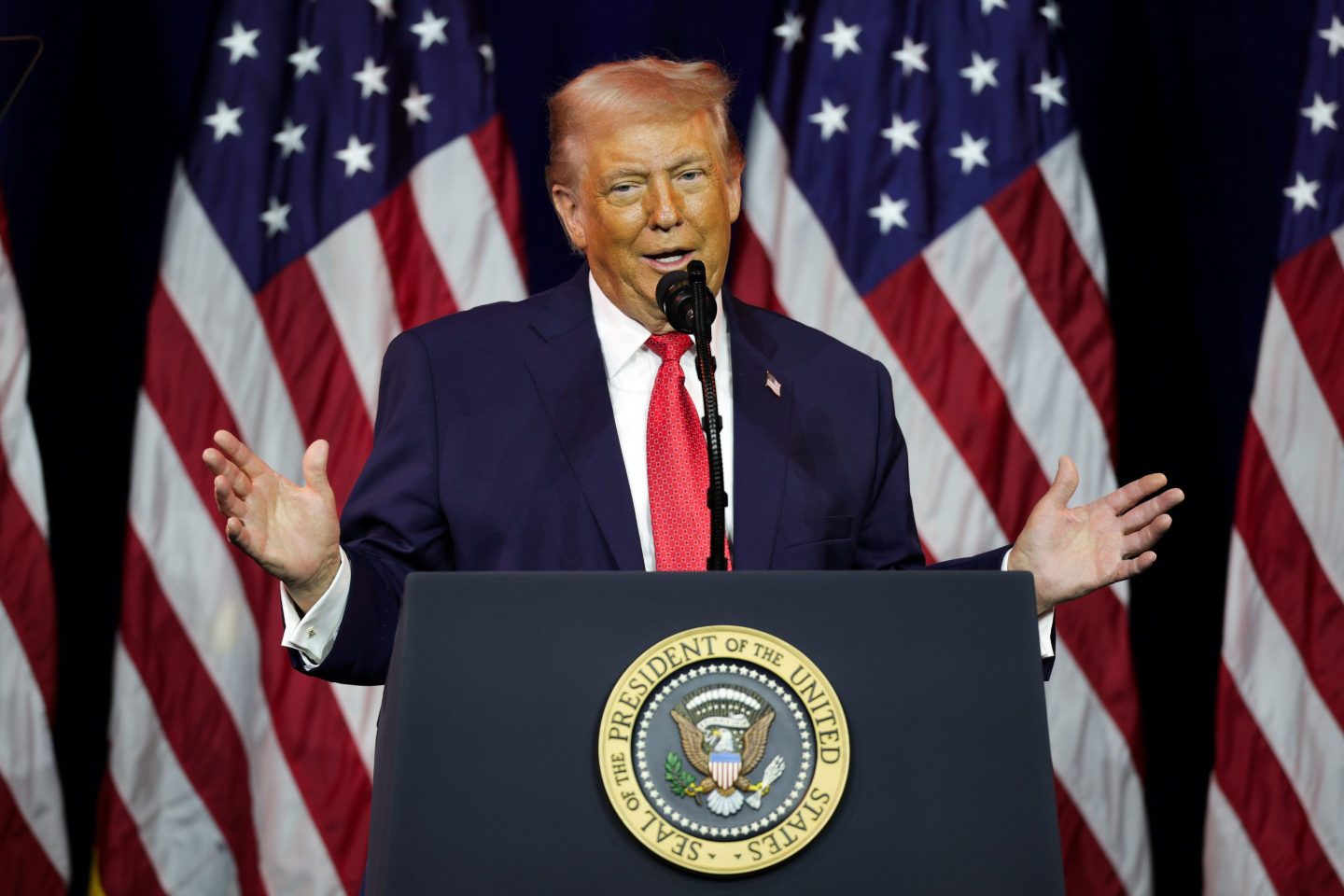Exxon Mobil authorized a $6.8 billion expansion offshore of sparsely populated Guyana, it announced Sept. 22. The project is its seventh in just a decade within the massive South American oil development.
The new project, named Hammerhead, is Exxon’s first with archrival Chevron as its largest partner in Guyana after Chevron in July closed on its $53 billion acquisition of Hess. Exxon had sought to scuttle Chevron’s Hess deal, but Chevron won a fiercely contested arbitration battle that lasted well over a year.
Hess’ 30% stake in the Guyana development—arguably the largest oil discovery of the century—was considered the crown jewel of Chevron’s acquisition. Exxon made the Guyana discovery 10 years ago in partnership with Hess and a Chinese company, CNOOC. Chevron and Hess prevailed with their argument that Exxon’s right of first refusal over Hess’ Guyana stake did not apply to an acquisition of Hess in its entirety. The acquisition moved forward and the deal made Exxon and Chevron partners in Guyana following the legal fight.
Hammerhead is expected to produce 150,000 barrels of oil per day when it comes online in 2029. The total Guyana development from the offshore Stabroek Block currently produces about 650,000 barrels daily, ramping up to more than 900,000 barrels by the end of this year.
By 2030, Exxon (No. 8 on the Fortune 500) expects total production capacity of a staggering 1.7 million barrels daily of oil equivalent from eight projects.
“We continue to set a new standard in Guyana,” said Exxon Upstream President Dan Ammann in a statement. “In collaboration with the people and government of Guyana, we’ve helped build a thriving new oil and gas industry in the country that is creating jobs, supplier opportunities, profits, and follow-on investments.”
Chevron (No. 16 on the Fortune 500) declined comment for this story, deferring to Exxon’s statement.
In the beginning of September, Guyana President Irfaan Ali won reelection in the nation of fewer than 1 million people. The election was good news for both Exxon and Chevron because Ali is a supporter of the oil development. Ali says he is using oil proceeds to build up infrastructure and education, but opponents have argued Big Oil benefits the rich, while the people remain poor.
The U.S. and Exxon increased security offshore of Guyana this year amid fears of incursions from neighboring Venezuela, with the U.S. warning against attacks on Guyana or the Exxon-led operations. Venezuela has reignited a long-dormant offshore border dispute since the oil discoveries.
Along with the booming Permian Basin in West Texas, Guyana now represents the largest oil growth business for the two major Big Oil players in the United States.
A rapid buildup off of Guyana
Exxon made the big oil discovery in the Stabroek Block in 2015 after Chevron and many other oil producers turned down the opportunity to invest in exploration, and emerged as the operator and 45% owner of the development.
The two other partners, Hess and China’s CNOOC, hold 30% and 25% stakes, respectively. Even though Chevron now owns Hess’s stake, the Sept. 22 Exxon announcement still lists its top partner as the subsidiary “Hess Guyana Exploration.”
In Chevron’s second-quarter earnings call, chairman and CEO Mike Wirth touted the plans for “long-term, low-cost growth in Guyana.”
Exxon chairman and CEO Darren Woods said he welcomed Chevron to the Stabroek Block despite his “surprise” and “disappointment” over the arbitration ruling.
In August, Exxon started production at Yellowtail, the fourth oil development offshore of Guyana. The Yellowtail project allows for the ongoing ramp up to 900,000 barrels of oil daily.
The venture’s fifth and sixth projects—Uaru and Whiptail—are well underway and are expected to come online in 2026 and 2027.













